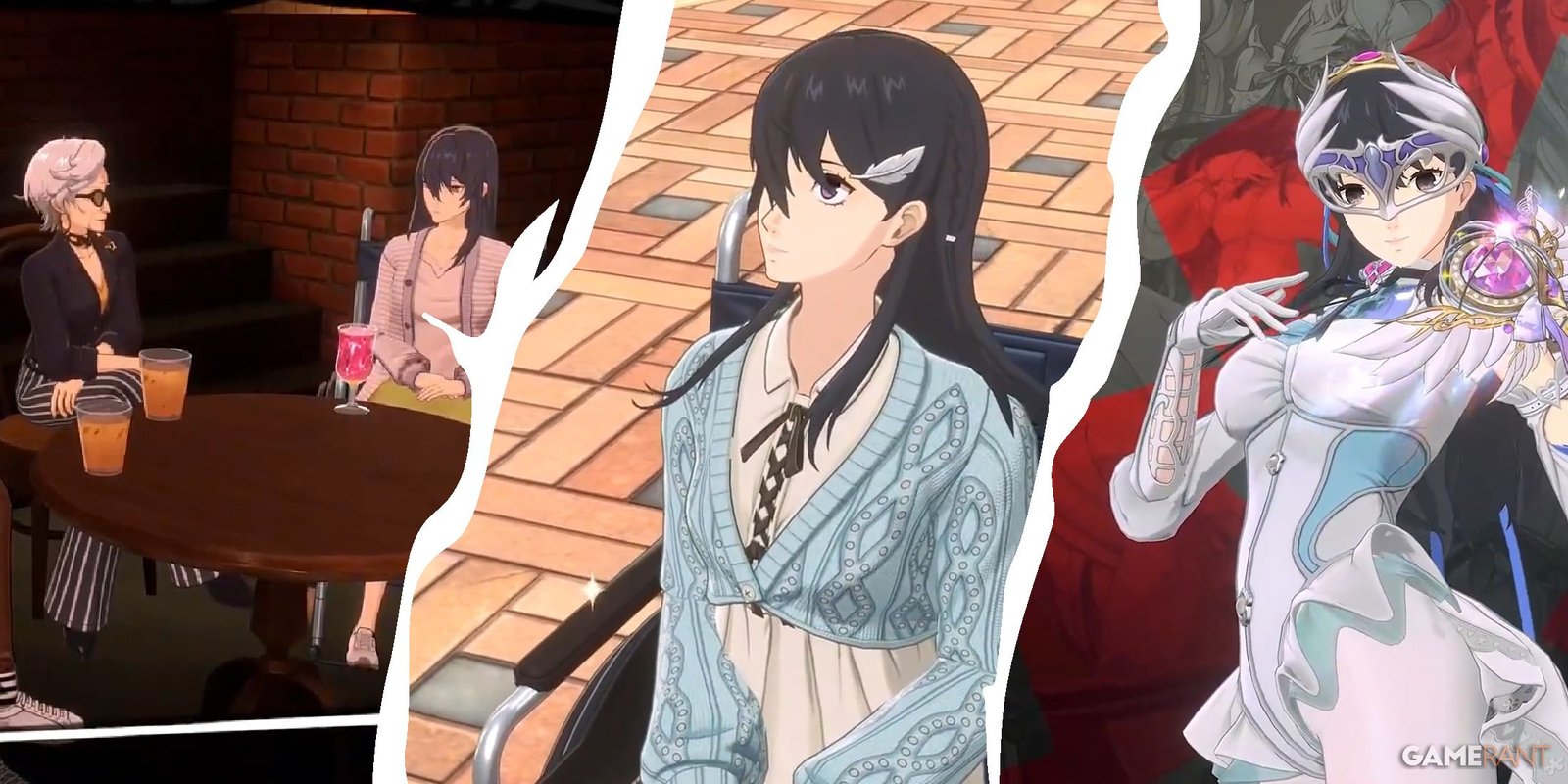


Spoilers ahead for Persona 5: The Phantom X.
Players actually first encounter Manaka Nagao shortly after starting a new game, but they won’t know that. Shortly before the protagonist’s initial encounter with Lufel and the Metaverse, he is waiting for his train on an elevated platform. Across the street is a young woman standing at the top of a medium-sized building, clearly about to jump. She eventually does, which prompts only the mildest of responses from onlookers—a moment that highlights society’s extreme apathy in Persona 5: The Phantom X. It’s this same apathy and lack of desire that caused Nagao to jump from the building in the first place, but with the help of the player, she may regain her will to live.
Related
If Persona 5: The Phantom X Inspires One Change for Persona 6, It Should Be This
Persona 5: The Phantom X might fall short of other Persona games in some ways, but it has at least one feature that should bleed into Persona 6.
Manaka Nagao Is One of Persona’s Most Bold, Nuanced Characters
Nagao Is Great for Differently-Abled Representation in the Persona Franchise
There have been some characters with disabilities in previous Persona games, like Persona 5’s Ryuji, who walks with a limp, but they are few and far between. Additionally, there has never been a major, playable character who uses a wheelchair in the series, so Nagao breaks new ground in this sense. Nagao uses a wheelchair due to the injuries she sustained from her suicide attempt; the device is a physical manifestation of her grief and depression, symbolizing her darkest hour. This premise could have easily led to some unfortunate and tone-deaf representation, but the opposite is true: Nagao’s adjustment to life without the use of her legs is depicted with sympathy and honesty. Persona 5: The Phantom X doesn’t whitewash the struggles of new wheelchair users, nor does it paint them as poor wretches doomed to suffer. All the while, Nagao has her own complex internal struggles, so her life isn’t defined by her wheelchair.
The nature of Nagao’s injury is left intentionally vague: it’s unclear if the disability is permanent or not. If Nagao winds up being capable of walking again, it could recontextualize some of the above points, but it wouldn’t trivialize them completely.
Nagao’s Story Is One of Deep, Personal, Struggles—Which She Learns to Overcome
Manaka Nagao’s suicide attempt isn’t the result of a plot contrivance, nor is it brushed off and kept in the background. It’s eventually revealed that Nagao was driven to a place of deep depression after being harassed and bullied online after sharing footage of her singing—which is praised by almost everyone, save a few bad apples, with one man being particularly cruel. As it turns out, the Metaverse Shadow Shedim was behind this cyberbullying campaign, in a bid to steal Nagao’s desire. But like so many other parts of Persona 5: The Phantom X’s story, this can be read as a metaphor for a trauma response, or real-world conditions like anxiety and depression. In this way, Nagao provides good representation for people with mental disabilities as well as physical ones. Crucially, it is she herself that regains her confidence; she isn’t just a victim at the mercy of the world around her. Thus, her story is an uplifting one that doesn’t paint her internal struggles as anything to be ashamed of, but a challenge that can be overcome.
Persona5: The Phantom X
Systems
Developer(s)
Black Wings Game Studio, Atlus, Sega
Publisher(s)
Perfect World Entertainment, Atlus
Engine
Unity
Multiplayer
Online Multiplayer
Cross-Platform Play
Yes
Number of Players
Single-player
Source:
View Original Article
We care about the protection of your data. Read our Privacy Policy.